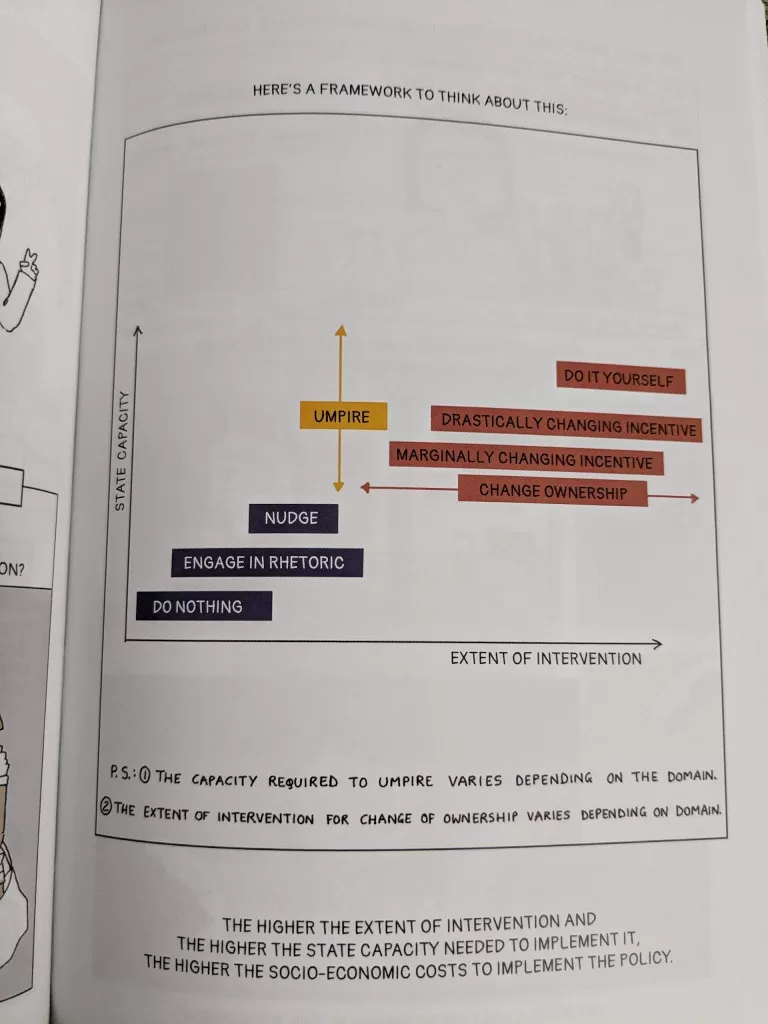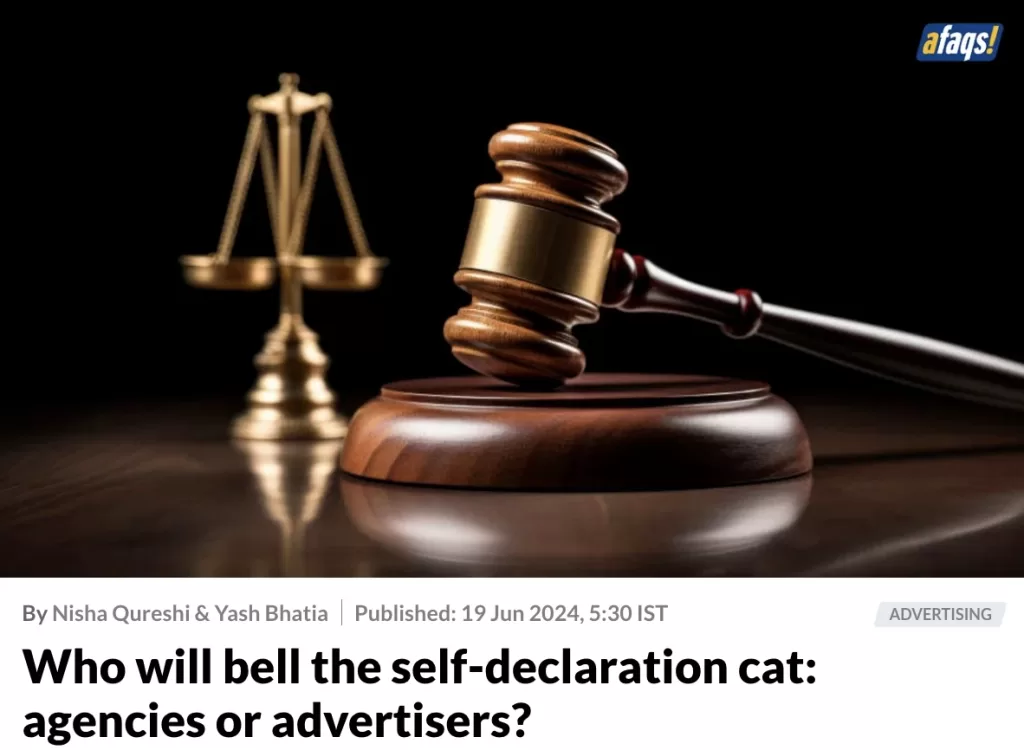Table of Contents
ToggleContext
The self declaration directive by the Supreme Court has created a mini tsunami in the advertising world. Starting June 18, 2024, all advertisers and advertising agencies have to submit a self-declaration certificate before publishing or broadcasting any advertisement. This includes all media – traditional and digital. To be fair, they had given a heads-up earlier, but that’s beside the point. Brands and agencies are struggling on multiple fronts to make sure they aren’t caught on the wrong side. Meanwhile the Ministry of Information and Broadcasting (MIB) will submit an affidavit on the matter with the Supreme Court on July 9, 2024. (via)
Perspectives
afaqs was kind enough to quote me on the not-so-little tsunami that has hit brands, marketers and agencies. Essentially, everyone involved in advertising.
A few things I wanted to add as context before you read the article
- Philosophically, I think we are all aligned that misinformation, false claims, and not following guidelines in advertising are problems that needs to be addressed. That’s what the Supreme Court was going after, and that’s welcome and commendable. Thank you, as a consumer and as a brand marketer.
- However my view is that the consequences in terms of costs of policing and compliance haven’t really been thought through
- Specifically, digital advertising, which is 51% of all ad revenue in India, doesn’t seem to have been a consideration. This is what I have expanded on in the article – how the finite number of television ads/radio spots/print ads/OOH and the ‘infinite’ iterations on digital are completely different worlds. Forget things like dynamic display, think of the number of iterations made for a single search keyword! And don’t even get me started on influencers, product placements etc.
- Facebook, Google, Amazon all have advertising guidelines. Why not simply review it and ask them to include anything the regulators feel is pertinent to India?
- Lastly, while the scope of the article is on who takes the declaration responsibility – agency or client, what about the publisher, who these days is anyway doing advertorials and paid content across platforms?
It also reminded me of something I read recently in a wonderful little graphic book called ‘We, the citizens”.
In the book’s context, it explains how the state has a diverse toolkit to deal with issues, but many a time chooses the wrong measure. As a solution, the book provides an excellent framework to decide the course of action. The axes of the framework are capacity and level of intervention. That’s the image below.

If I apply this to the Supreme Court and self declaration, I’d choose Nudge followed by Marginally Changing Incentive as the direction. For instance, directives to industry bodies to call out violations, followed by prioritising the hearing of cases filed against brands for false advertising, and signalling with high penalties to those who break the guidelines.
Aside: I think this framework can also be used by leaders and managers in organisations to deal with issues. Not in isolation because impact would also be a factor in prioritisation, but broadly to limit intervention according to capacity.
What can marketers and agencies do?
- I think planning everything well before time was always a good idea that was rarely seen in practice. Now there is no choice.
- Being clear about responsibility and accountability is another thing to do right away.
- What’s any post without AI? There are already several agencies which have come up with tools to make the process easier. Maybe evaluate them?
In the meanwhile, here are a couple of documents that should help in understanding this better, and executing it.

